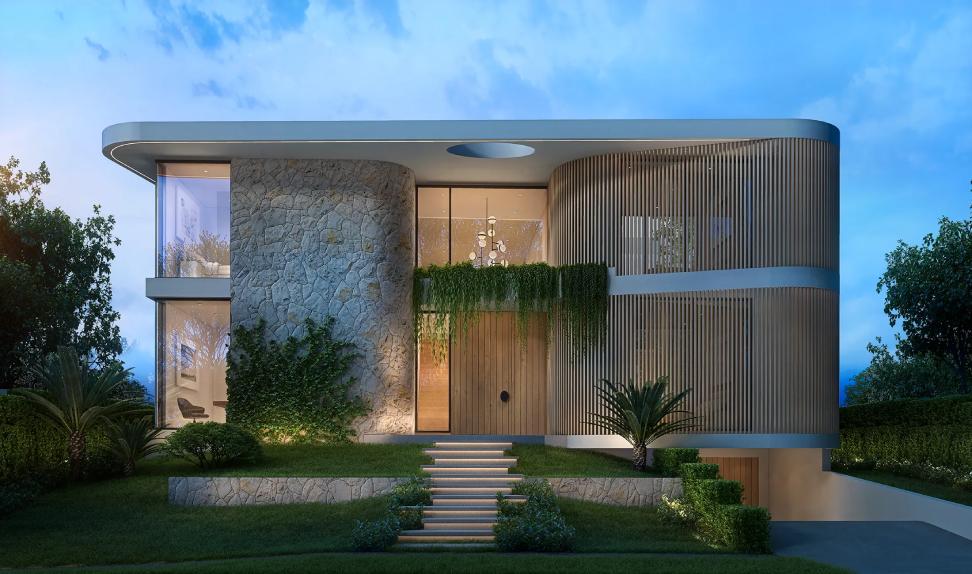Key Takeaways:
- Sustainable living begins with innovative, eco-friendly home construction practices.
- Modern technology and sustainable materials are essential in today’s homebuilding industry.
Table of Contents:
- Introduction to Sustainable Home Building
- Design Principles of Sustainable Homes
- Innovative Building Materials for Sustainability
- The Impact of Technology on Eco-Friendly Home Building
- Energy Efficiency and Renewable Energy Sources
- Water Conservation Strategies in Home Construction
- Indoor Environmental Quality and Health
Introduction to Sustainable Home Building
The emphasis on sustainability in home building is a critical transition toward responsible resource usage, not just a fad. The modern building industry understands that adopting sustainability results in houses that are both environmentally friendly and provide energy-efficient living. This change responds to customer desires for elegant, practical, and environmentally friendly homes. It urges builders and consumers to strike a balance between comfort and carbon reduction, reflecting a broader cultural acknowledgment of the implications of climate change. Companies like New Home Star pave the path for creating legacy houses to protect our planet for future generations.
Design Principles of Sustainable Homes
The sustainable home design emphasizes environmental consciousness, utilizing innovative strategies to reduce energy consumption and maximize resource efficiency. Architects optimize sunlight exposure, employ advanced insulation, and integrate recycled materials, reducing ecological impact and long-term utility costs. Green roofs, passive solar heating, and sustainable landscaping gain traction fostering harmony with surroundings. These principles ensure a superior living experience while preserving planetary health.
Innovative Building Materials for Sustainability
Innovative construction materials revolutionize sustainability, offering alternatives like recycled steel, reclaimed plastic composites, and rapidly renewable bamboo. Bio-based materials like hempcrete serve as efficient insulators, actively sequestering carbon. However, sustainable construction extends beyond the material choice to consider the lifecycle impact, from extraction to disposal. Architects and builders adopting a holistic approach can lower homes’ carbon footprint, fostering long-term environmental benefits.
The Impact of Technology on Eco-Friendly Home Building
Technology is revolutionizing construction, enabling eco-friendly homes. Innovative technologies enhance convenience and manage energy usage, reducing carbon footprint. Digital thermostats, efficient lighting, and home automation optimize performance, fostering sustainability. Advanced software and AI refine design and construction, minimizing waste. Energy modeling and virtual reality facilitate tailored, efficient structures. These innovations pave the way for a greener, energy-conscious future in homebuilding.
Energy Efficiency and Renewable Energy Sources
Energy efficiency is paramount in sustainable housing. Modern homes can reduce reliance on fossil fuels with solar, wind, and geothermal systems. These options are increasingly accessible and cost-effective, aligning with environmental sustainability and offering long-term savings. Renewable energy, insulation, efficient windows, and appliances create sustainable homes, consuming less energy while maintaining comfort. Advancements in renewables may lead to more net-zero energy homes.
Water Conservation Strategies in Home Construction
Water scarcity prompts innovative water conservation in construction. Green initiatives integrate rainwater harvesting for non-potable uses. Low-flow fixtures minimize water waste without compromising functionality. Landscape design now prioritizes sustainability, incorporating drought-resistant plants and efficient irrigation to minimize water usage and manage stormwater. These choices conserve water, reduce bills, and benefit both homeowners and the environment.
Indoor Environmental Quality and Health
Indoor environmental quality is crucial in sustainable design, prioritizing occupants’ health alongside energy efficiency. Thoughtful design elements like ventilation, natural light, and acoustic properties promote well-being, acknowledging that true sustainability encompasses human health and environmental stewardship.
Read more:
- What Are Crack Streams? Is it safe to use?
- Advancements in Battery Technology for Energy Storage
- The Role of Intuition in Sports Betting: Trusting Your Gut Instincts

